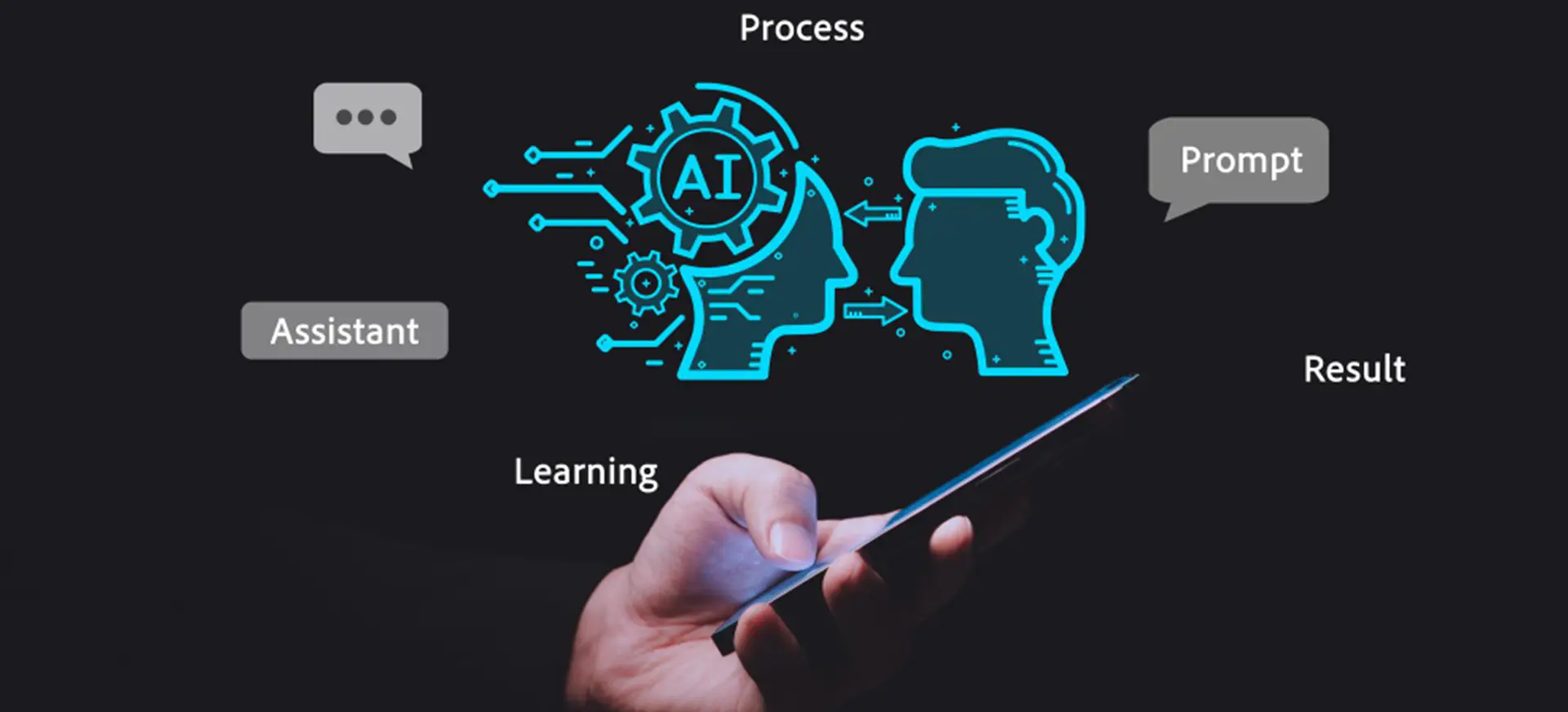In today’s fast-paced world, technology plays a vital role in transforming various aspects of our lives, including how governments communicate with their citizens. One particular technology that is revolutionizing government communication is Natural Language Processing (NLP). In this blog post, we will explore the applications of NLP in government communication and how it is transforming the way governments interact with their constituents.
Before diving into the various applications, let’s first understand what NLP is. NLP is a branch of artificial intelligence (AI) that focuses on the interaction between computers and humans through natural language. It enables computers to understand, interpret, and generate human language, thereby bridging the gap between humans and machines.
Applications of NLP in government communication:
1. Chatbots: One of the most prominent applications of NLP in government communication is the use of chatbots. Chatbots are AI-powered virtual assistants that can engage in conversation with users, providing them with immediate responses to their queries. Governments can leverage chatbots to provide round-the-clock support, answer frequently asked questions, and guide citizens through various processes, such as applying for permits or accessing government services. By utilizing NLP, chatbots can understand and respond to user queries in a human-like manner, enhancing the user experience and reducing the burden on government customer service representatives.
2. Sentiment Analysis: NLP can also be used for sentiment analysis, which involves analyzing the opinions and emotions expressed by citizens on various platforms such as social media, news articles, or public forums. By analyzing the sentiment of the public, governments can gain insights into the general perception of their policies, identify areas of concern, and take appropriate measures to address them. This proactive approach helps in building trust and enhancing citizen satisfaction.
3. Language Translation: In multicultural and multilingual societies, language barriers can pose significant challenges for governments in effectively communicating with their diverse population. NLP-powered language translation tools can bridge this gap by automatically translating government documents, websites, forms, and other communication materials into multiple languages. This ensures that government information reaches citizens irrespective of their language preference, promoting inclusivity and accessibility.
4. Information Extraction: Governments deal with vast amounts of unstructured data, including legal documents, policy papers, and public records. NLP algorithms can be used to extract relevant information from these documents, making it easier and faster for government officials to analyze and utilize the data. This facilitates evidence-based decision-making, policy formulation, and improves overall efficiency.
5. Speech Recognition: NLP-based speech recognition systems can be deployed in government call centers or public service helplines to convert spoken language into text. This enables call center agents to focus on addressing citizen concerns rather than manual note-taking. Additionally, NLP can be used to transcribe government meetings, hearings, and other public events, making the information accessible to a wider audience.
In conclusion, Natural Language Processing (NLP) applications are revolutionizing government communication by enabling efficient and effective interaction between governments and citizens. By leveraging NLP-powered chatbots, sentiment analysis, language translation, information extraction, and speech recognition, governments can streamline their communication processes, improve citizen satisfaction, and ensure inclusivity. As NLP continues to evolve, we can expect even more innovative applications that will further transform the way governments communicate.




